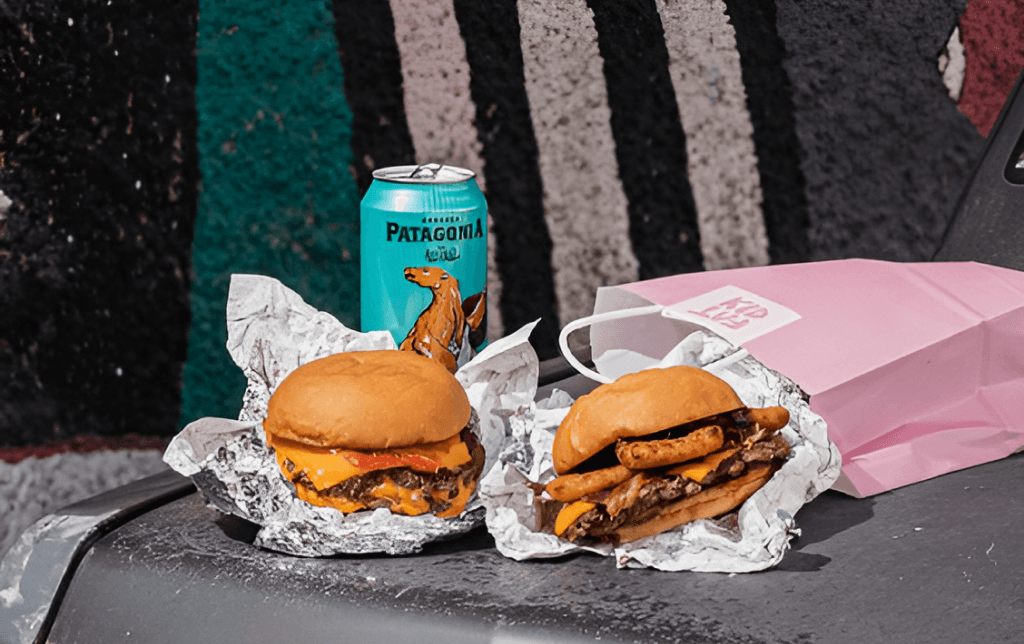Oct 3, 2024
In today’s fast-paced world, convenience often comes at a price. Delivery apps have revolutionized how we get food, groceries, and other essentials, offering the luxury of staying in while enjoying restaurant-quality meals or skipping the grocery run altogether. However, one thing many customers quickly notice is the high fees associated with these apps. Have you ever wondered why delivery app fees are so steep and whether we can expect them to drop anytime soon? Let’s dive into the details behind these costs and explore the potential for change.
The Breakdown of Delivery App Fees
Delivery app fees can sometimes feel overwhelming, especially when the final total exceeds what you’d pay if you picked up the food yourself. Here are the key components contributing to the higher costs:
Service Fees
This fee is typically charged by the platform itself, ranging anywhere from 10% to 20% of your order’s value. It’s a fee for using the app’s technology, customer service, and access to a wide range of restaurants or stores.Delivery Fees
This is the fee paid to the delivery driver. While it may look like a small charge—sometimes as low as $2 to $5—drivers rely on this as part of their income. In some apps, this fee varies depending on the distance, delivery time, or even demand.Restaurant Markup
Some restaurants mark up their menu prices to compensate for the commission they pay to the delivery platform, which can be as high as 30%. So, even if the app advertises a low delivery fee, the price hike in menu items covers some of the platform’s costs.Tips for Drivers
While not mandatory, tips are an essential part of delivery drivers' income. Apps may prompt you to tip generously, especially after the challenges many delivery workers faced during the pandemic.Hidden Fees
Have you ever noticed a “small cart fee” or an additional charge for high-demand times? Delivery platforms use these extra fees to offset costs during peak hours or for low-value orders.
The Underlying Reasons for High Fees
Commissions Charged to Restaurants
Delivery platforms charge restaurants a commission—sometimes up to 30% of the order's total. This fee helps the platform cover its marketing, technology, and operational costs. While it benefits restaurants by expanding their customer reach, the commission ultimately leads to higher menu prices on the app.Logistics and Driver Compensation
Managing the logistics of food delivery is no small feat. Delivery platforms must compensate drivers, manage route optimization, and handle customer service. The delivery fees are designed to help ensure drivers are paid fairly while allowing the platform to maintain its infrastructure.Customer Acquisition and Marketing Costs
Delivery apps invest heavily in customer acquisition, offering deals and discounts to entice new users. This marketing spend is often subsidized by the fees they charge.Sustainability of the Business Model
Despite what might seem like large fees, some delivery platforms still struggle to turn a profit. The cost of running a delivery business at scale is high, and many companies continue to operate at a loss to maintain market share. This, in turn, drives up the need for higher fees to sustain the business model.
Will Delivery App Fees Ever Come Down?
The million-dollar question is whether these high fees will ever decrease. While it’s difficult to predict the future, here are a few potential factors that could lead to lower fees:
Increased Competition
More competition between delivery platforms could result in reduced fees as companies vie for users. Startups are always emerging with new ideas for more efficient, low-cost delivery models, which could shake up the market.Technological Advancements
As delivery platforms continue to adopt new technology—like automated dispatch systems, AI route optimization, or even drone and robot deliveries—operational costs may decrease. These innovations could lead to lower service or delivery fees over time.Local Government Regulations
In some cities, local governments have implemented fee caps to help struggling restaurants survive the high commissions charged by delivery apps. These fee caps are usually temporary but could become more common or permanent if enough public pressure mounts.Subscription Models
Some delivery apps now offer subscription models (like Uber Eats Pass or DoorDash DashPass) that provide lower delivery fees for a monthly fee. If these models grow in popularity, it could push platforms to lower fees to retain loyal customers.
Alternatives to High Delivery Fees
At Host, we understand how important it is to save money while still enjoying your favorite restaurant meals and convenience. Our app is designed to give users access to exclusive deals with restaurants and retailers, helping you save more when dining out or shopping. We’re constantly working to find new ways to pass savings directly to our users, so you can avoid steep fees and still enjoy the same convenience. With our latest version, you’ll find more personalized deals and even a savings tracker to help you stay on budget.
Conclusion
While high delivery app fees might seem like a necessary evil for the convenience they provide, there are ongoing shifts in the market that could eventually lead to more affordable solutions. As technology improves and competition heats up, we might see a more customer-friendly landscape for delivery services. Until then, be sure to explore other ways to save, like using Host for exclusive deals, and making the most of the money-saving opportunities at your fingertips.
By staying informed and choosing the right platforms, you can enjoy the perks of convenience without breaking the bank.






